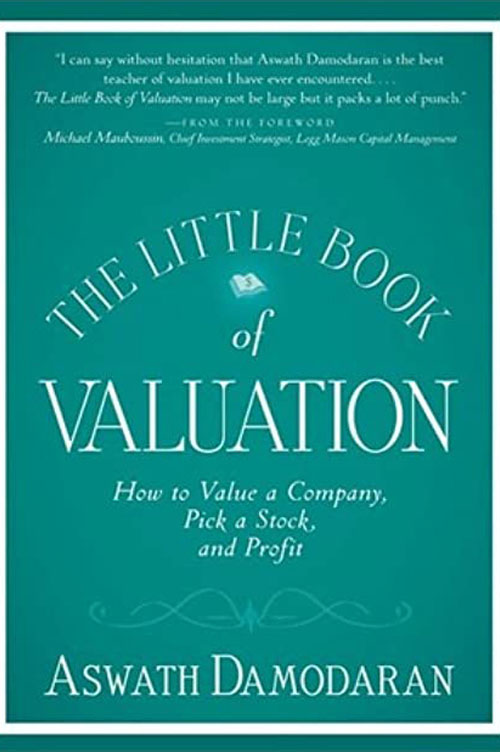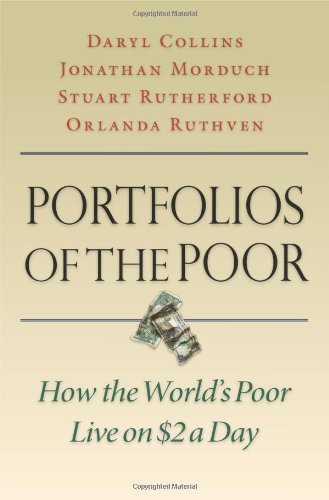Meaning
Mutual Funds is an investment scheme in which Asset Management Company (AMC) collects money from several individuals and institutional investors with common investment objective.
A financial professional known as Fund Manager manages the pooled investments. Fund manager invest this collection of money in securities like stocks, bonds, gold, short-term debts and other assets that seek to provide potential returns. This combined securities that a mutual fund investment owns is known as its portfolio.
The profit generated from this collective investment is distributed proportionately among the investors by calculating Net Asset Value (NAV) of the investment.
(Net Asset Value (NAV) is the combined market value of all the securities held in mutual fund scheme, after deducting all the expenses and other charges.)
Example to understand Mutual Fund Investment
Imagine there are 4 friends who wants to buy a box of 12 oranges which costs ₹ 40. But they have only ₹ 10 each. So they decided to pool in their money to buy the box. Based on their contribution (which is ₹ 10 each), each friend is entitled to get 3 oranges.
Now try assuming this example with mutual funds. The cost per unit is calculated simply by dividing the total amount of investment by the total number of contributor/equities.
Who can invest in Mutual Fund Scheme?
Anyone can invest in mutual funds with the minimum required amount of ₹500 per month. It is the perfect choice for any individual who is not willing to take risk on large investments (such as shares) and can invest small amount of funds on a monthly basis.
Additionally, there are multiple choices under these investment scheme that are inclined to various objectives such as savings for education, marriage, retirement, etc.
Types of Mutual Funds
Mutual Fund Investment can be classified as open-ended investment and closed-ended investment.
- Open Ended investment – Under this investment type, an investor can choose to enter and exit the scheme at any given time. There is no bounds or restrictions and is available for subscription throughout the year.
- Closed-ended investment – Under this type, an investor can redeem his investment only on the maturity date. This investment scheme is available for subscription only during the initial offer period.
According to the SEBI (Securities Exchange Board of India), Mutual Fund is classified under four categories –
(1) Equity Mutual Funds
Equity mutual funds are known for high potential return. Under these category, at least 65% of the fund’s corpus is dedicated to equity and other equity-oriented investments.
There are 7 types of equity mutual funds based on risk and reward potential –
1) Small-Cap Funds
Under small-cap funds, a fund manager invest your money in stock of companies that have a market capitalization below ₹500 crores. On stock indices such as Sensex, small-cap companies are ranked below the 250th spot.
2) Mid-Cap Funds
Under this type, a fund manager invest your money in stock of companies that have a market capitalization between ₹500 crores to ₹10,000 crores. On stock indices, these companies are ranked from 101 to 250.
3) Large-Cap Funds
Under this type, a fund manager invest on those companies that have a large market capitalization (i.e. above 10,000 crores). On stock indices, these companies are ranked from 1 to 10.
4) Multi-Cap Funds
In multi-cap funds, a fund manager will invest your money in stocks of companies of all market capitalizations. A fund manager, (by his knowledge) changes asset allocation based on market conditions to get better returns.
5) Equity Linked Savings Scheme (ELSS)
ELSS is a tax saving investment under Section 80C of the Income Tax Act, 1961. By investing in ELSS, an investor can claim tax deduction upto ₹1,50,000 a year and can save upto ₹46,800 s year in taxes. ELSS Scheme have 3 years of lock-in period.
6) Index Funds
In this type, a fund manager invest your money in all the stocks in the same proportion as in a particular index such as Nifty50, Sensex, sectoral indices, etc. Index funds mimics the composition of stock indices. Hence, investors who want prefer predictable returns without taking a lot of risk can choose index funds.
7) Sector Funds
It is also known as thematic fund. In this, a fund manager purchase stocks of only a particular sector or industry like Pharma companies and FMCG.
(2) Debt Mutual Funds
Debt mutual funds is an investment in fixed income securities corporate bonds, debentures, treasury bills, government securities and other money-market instruments. It is also known as fixed-income fund.
Types of debt mutual funds are –
1) Income Funds
Income funds is a long term investment in debt securities. The average maturity period is around 5-6 years.
2) Dynamic Funds
This is an open-ended debt scheme which follows dynamic “maturity” in both short term and long term funds. This scheme have the potential to high return along with moderately high risk. This is a good investment option for those having an additional source of income.
3) Short-Term Funds
Investment done on government securities, debts, and money market instruments for shorter maturity period ranging from 1 to 3 years.
4) Ultra-Short-Term Funds
Investment for shorter maturity period mostly less than a year.
5) Liquid Funds
Liquid debt funds is a type of mutual fund investment in assets debts that can be easily converted into cash. It has very low maturity period of 91 days. The investment are done on Treasury bills, CDs, or Certificate of Deposit.
6) Fixed Maturity Plans
This investment has fixed locking period ranging from months to years. Because the funds are locked-in, the FMPs are not affected if by chance the interest rate changes.
7) GILT Funds
Also known as Gilded Edge Certificates, investment done in fixed interest–bearing securities issued by central and state governments.
GILT Debt funds have medium to long-term maturity period. These funds have no risk of non-payment of interest.
8) Credit Opportunities Funds
Credit opportunities funds invest in low riskier debt securities (such as corporate bonds) which have high potential returns. These fund carry three types of risk, credit risk, liquidity risk, and interest risk.
(3) Balanced or Hybrid Mutual Funds
In this type of mutual fund, a part of corpus is invested in equity and the rest is invested in debt funds (generally 40:60 ratio). The objective is to generate long term capital and balancing the risk through debt allocation.
Types of Balanced mutual funds are –
1) Equity Oriented Hybrid Funds
In this type of hybrid fund, more than 65% of the assets are allocated into equity and remaining 35% is invested in debt funds and other fixed-income securities.
2) Debt Oriented Hybrid Funds
This is the opposite of Equity Oriented Hybrid Funds, in this type, more than 65% of the funds are allocated in fixed-income securities such debt funds, debentures, and treasury bills.
3) Arbitrage Funds
In this type, fund manager purchases securities in one market at lower price and sells the same in another market at relatively higher price.
4) Monthly Income Plans (MIP)
This is a special type of hybrid plan in which 80 to 90% of money is invested in debt funds and remaining is invest in equity.
It provides regular income in a form of dividend and interest payments. MIP is best for retired persons or senior citizens who do not have substantial sources of monthly income.
(4) Solution-Oriented Mutual Funds
These are investment to achieve a specific financial goal. For examples retirement funds, children funds, marriage funds, educational funds, etc. It is newly introduced mutual fund type which have unique features, objectives, and strategies.
Reference
- https://www.investopedia.com/terms/m/mutualfund.asp
- https://cleartax.in/s/mutual-funds#how
- https://www.hdfcfund.com/learn/beginner/mutual-funds/what-mutual-fund
- https://www.investor.gov/introduction-investing/investing-basics/investment-products/mutual-funds-and-exchange-traded-1#Types
- https://www.amfiindia.com/investor-corner/knowledge-center/what-are-mutual-funds-new.html
- https://www.mutualfundssahihai.com/en/what-is-a-mutual-fund
- https://www.franklintempletonindia.com/investor/investor-education/video/what-is-a-mutual-fund-io04og32
- https://www.personalfn.com/mutual-fund/what-is-mutual-fund
- https://www.moneycontrol.com/mutual-funds/understanding-mf/what-is-mutual-fund/
- https://www.thebalance.com/what-are-mutual-funds-3306241




